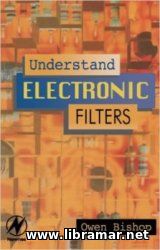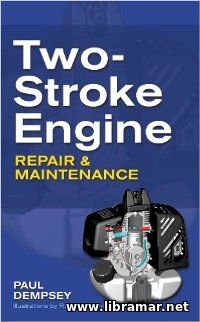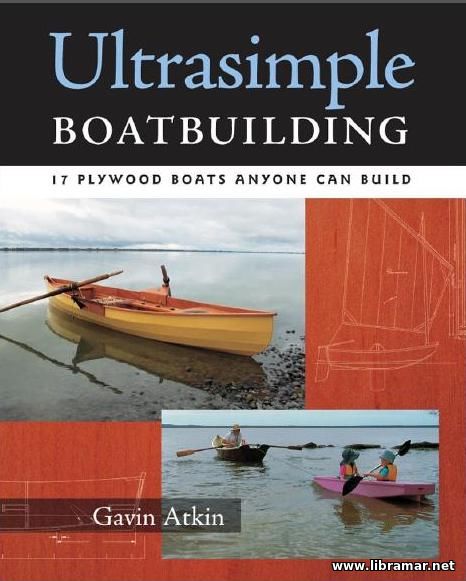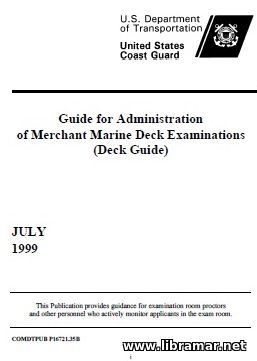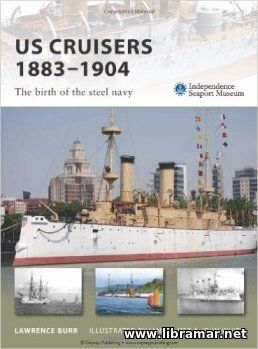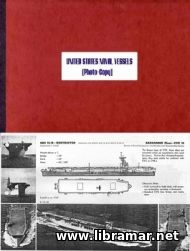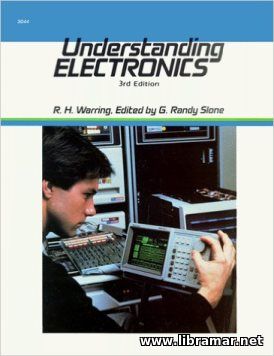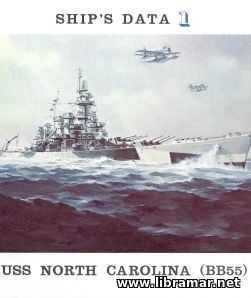
This ship of the United States Naval Forces was the third one to bear the name USS North Carolina. Her commissioned service covered about six years time, and only eleven years elapsed between her authorization and decommissioning; however, in such short period of time rapid development in the industry technology enabled aircrafts and aircraft carriers to completely replace battleships as the main strength of the navy fleet.
Within some years after the completion of World War Two, only the United States retained battleships in its navy. Four battleships belonging to IOWA class were kept in the reserve fleet. Over the years some were updated and returned to the active fleet. For those who wish to see a battleship as it was when the dreadnaughts ruled the seas, the USS North Carolina, moored in Wilmington, North Carolina, has been preserved just as she was on her active duty.
This volume is telling its readers a great and glorious story of the famous USS North Carolina from newly constructed to museum ship. An excellent reference and historical book, and a genuine treasure for the ship modelers who will definitely find the technical information contained in it very useful when building a model of this vessel.
